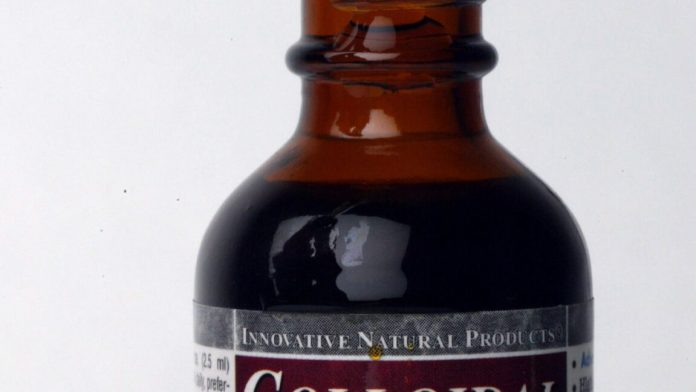
When an 84-year-old man in Hong Kong was admitted to a hospital for a condition related to an enlarged prostate, doctors noticed something else about him—he was oddly gray, according to a case report in the New England Journal of Medicine.
His skin, particularly his face, had an ashen appearance. His fingernails and the whites of his eyes had become silvery. When doctors took a skin biopsy, they could see tiny, dark granules sitting in the fibers of his skin, in his blood vessels, in the membranes of his sweat glands, and in his hair follicles.
A blood test made clear what the problem was: the concentration of silver in his serum was 423 nmol/L, over 40 times the reference level for a normal result, which is less than 10 nmol/L. The man was diagnosed with a rare case of generalized argyria, a buildup of silver in the body’s tissue that causes a blueish-gray discoloration—which is generally permanent.
When someone consumes silver particles, the metal moves from the gut into the bloodstream in its ionic form. It’s then deposited throughout the body in various tissues, including the skin, muscles, heart, lungs, liver, spleen, and kidneys. There’s some evidence that it accumulates in at least parts of the brain as well.
Discoloration becomes apparent in tissues exposed to sunlight—hence the patient’s notably gray face. Silver ions in the skin undergo photoreduction from ultraviolet light exposure, forming atomic silver that can be oxidized to compounds such as silver sulfide and silver selenide, creating a bluish-gray tinge. Silver can also stimulate the production of the pigment melanin, causing darkening. Once discoloration develops, it’s considered irreversible. Chelation therapy—generally used to remove metals from the body—is ineffective against argyria. That said, some case studies have suggested that laser therapy may help.

